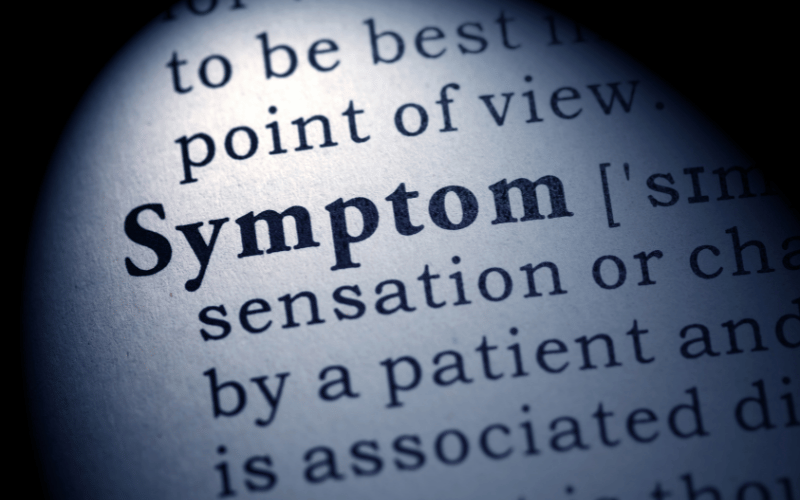Fact 3: Recognizing the Symptoms

Gastroparesis is a sneaky adversary. Its onset might be slow and insidious, with symptoms gradually intensifying over time. For some, it begins as a vague sense of discomfort. However, as the condition advances, these symptoms become more pronounced and harder to ignore.
One of the primary indicators is nausea, a constant, unsettling sensation that seems to linger. This isn’t the typical nausea one might feel after overindulging at a meal. It’s persistent, often leading to vomiting, especially after eating. And while vomiting might offer temporary relief, it’s a vicious cycle, as the underlying problem remains unresolved.
Next on the symptom list is abdominal pain. The stomach, filled with undigested food, stretches, causing discomfort and sometimes even sharp, stabbing pains. This pain can sometimes radiate, affecting adjacent areas and further complicating diagnosis.
Bloating and heartburn are also common companions of gastroparesis. As food remains stagnant in the stomach, gases build up, leading to bloating. Simultaneously, the stomach acid, instead of progressing downwards, can move up the esophagus, causing heartburn.(3)